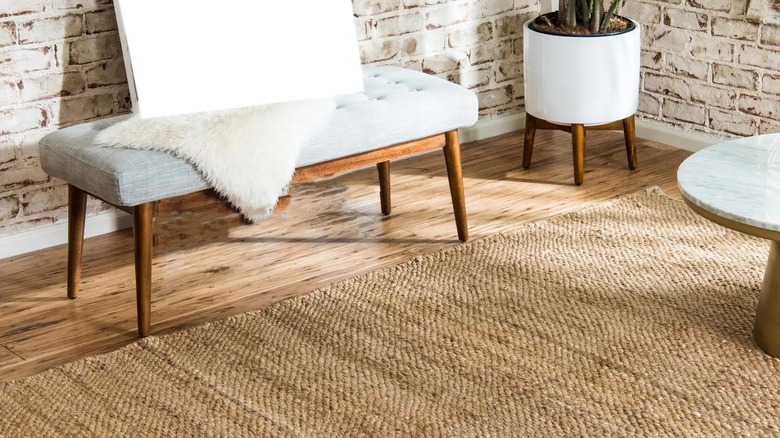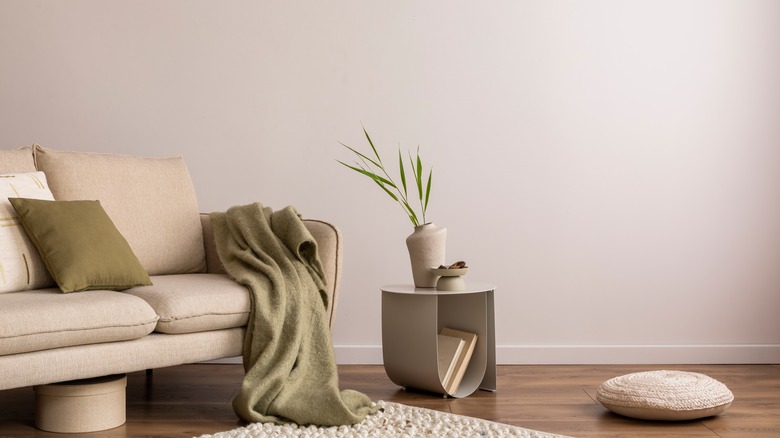Incorporating Quiet Zones May Create A Peaceful Home
We may receive a commission on purchases made from links.
Your home is supposed to be a retreat from the busyness of life, but it's probably not as peaceful as you may desire, and the largest culprit that may be stealing your relaxation is excessive noise. Many things could be causing too much commotion, including technology, young children, or activities outside your home, like traffic or construction. However, even background sounds you may not consciously notice, such as running appliances or squeaky door hinges, could keep you from the calm abode you desire.
While it's usually impossible to escape these sounds during most of the day, there are some moments you could trade in for some quiet time. For instance, you could spend time in silence instead of scrolling through social media in the morning. This is important because constant noise could make you feel overwhelmed or stressed. A 2020 study by Frontiers found that even just a few minutes of silence could improve your mood and make you feel more present and relaxed. To help you retreat from all the noise, you could add a quiet zone to your home.
The basic characteristics of a quiet zone
Slow living refers to a lifestyle that prioritizes intentionality and availability. This means taking time to complete tasks and embracing the present moment instead of rushing to the next one. This is exactly why you may want to add a quiet zone to your home, as it's a space where you can slow down, block out all the distractions, and relax, read, pray, meditate, or ponder ideas.
To create one of these spaces, you'll need to keep out things that are too loud or steal your peace. This could mean leaving your phone in another room or making the area kid-free, especially for those with young children. You'll also need to consider using decorative elements that absorb sound, such as a jute or wool area rug from Pottery Barn or thick curtains from Target. Even smaller textiles like pillows and blankets can help reduce the amount of noise in an area.
How to design a quiet zone in your home
While blocking out literal noise is important, it's also crucial that your quiet zone doesn't feel "noisy" through the design. This could happen if you use bold colors or place a lot of clutter in the space. Therefore, you should embrace a minimalist design and use neutral or earthy tones like brown and green, plush furniture with rounded edges, and simplistic decorations. You may also want to add elements that make it more practical, such as books or journals, to document your thoughts.
If you're unsure where to add this space to your home, the corner of your bedroom, an unused closet space, or a small reading nook are all great candidates. If possible, try to choose a room with a door, as this will block out most of the sound. You may also want to prioritize rooms with windows, as natural light and views of nature can create a peaceful atmosphere. Greenery is another easy way to add a natural element to your quiet zone.


